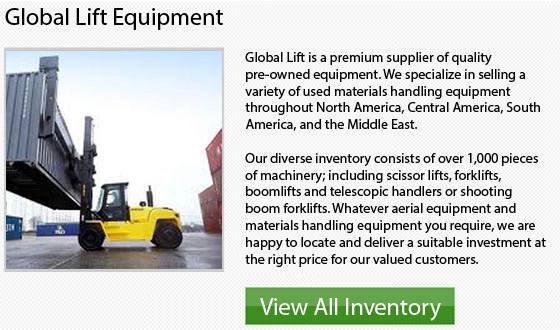
Intermodal containers also go by numerous other names. Some of the most popular alternate names consist of: box, ISO Container, high-cube container, sea can, freight container, conex box, and container. These models are manufactured from standardized reusable steel. They provide safe and secure and efficient storage for transporting materials across the globe via a international containerized intermodal freight system.
"Intermodal" is a word which refer to the container that could be moved between one type of transport to another. Intermodal may mean from a ship to truck or ship to rail, without having to reload and unload the contents of the container. Some of the container lengths that have a unique ISO 6346 reporting mark on them range from 8-feet or 2.438 m to 56 feet or 17.07m. These units are as high as 2.438 m or 8feet to 9 feet, 6 inches or 2.9 m. It is estimated that there are about 17 million intermodal containers of different kinds to suit a variety of cargoes in the globe.
These containers could be transported by container ship, freight train and semi-truck trailer. They could also travel numerous distances without having to be unpacked. At container terminals, they are transferred between modes by container cranes. Usually a reach-stacker is used to transfer from a flat-bed truck to a rail car. These units are secured during transportation by a variety of "twistlock" points situated at every corner on the container.
Every container is outfitted with a certain bin identification code or BIC code that is painted on the outside to be able to take care of identification and tracking. These models can lift objects ranging around 20 to 25 tonnes.
When using rail transport, the containers can be carried on flatcars or on well cars. Well cars are specifically designed for transport by containers. They can accommodate double-stacked containers safely and efficiently. The loading gauge of a rail system may actually limit the particular modes of the shipment and the kinds of container shipment. Like for instance, the smaller loading gauges which are typically found in European railroads would only handle single-stacked containers. In certain countries like for example the United Kingdom, there are certain sections of the rail network which cannot accommodate high-cube containers, unless they can utilize well cars only.
These containers are made sturdy enough to last through the numerous travels across extreme distances. These containers are reused by businesses and are able to transport large amounts of cargo. These containers are responsible for moving many of the objects we rely on everyday all around the world.